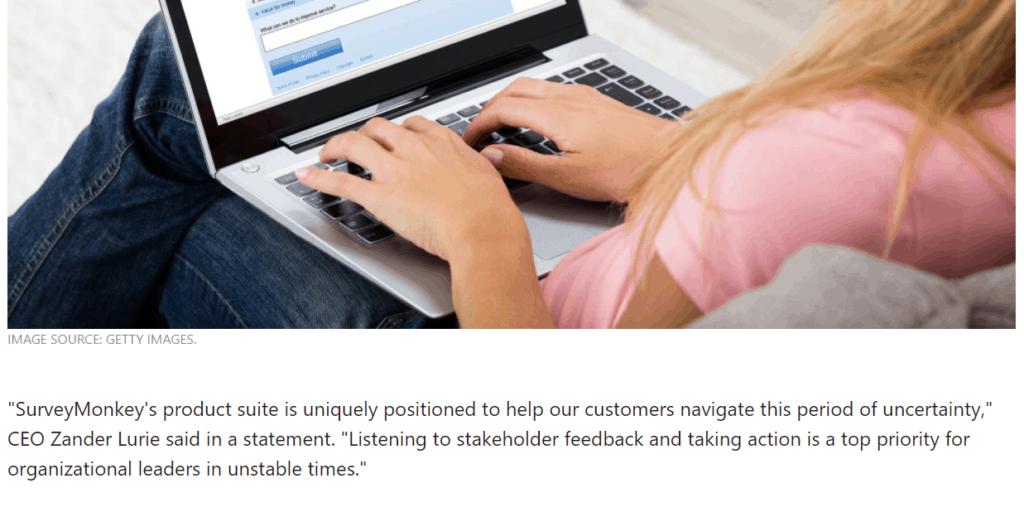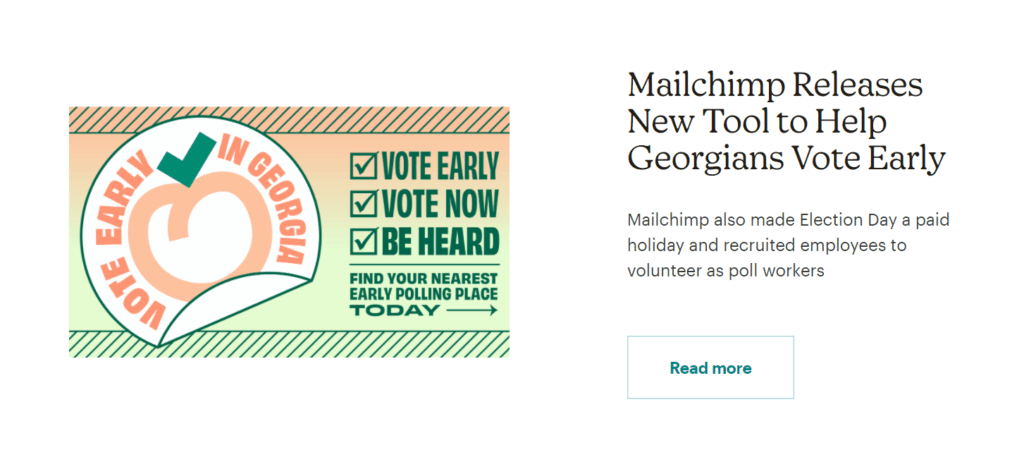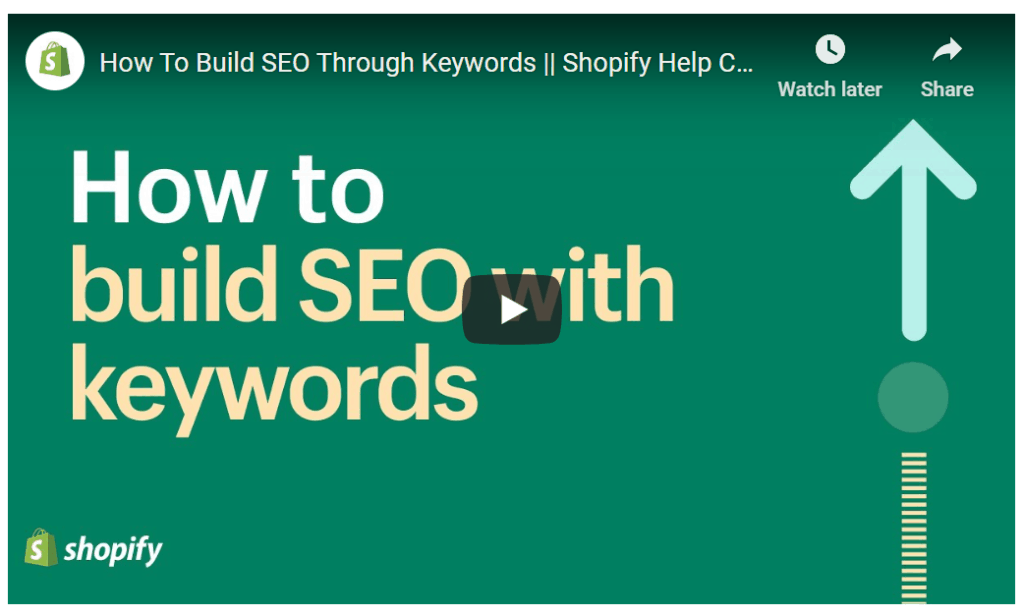SaaS (Software as a Service) is quickly becoming the dominant model for software delivery to businesses and consumers alike. In fact, 86% of companies predict that they will be using primarily (80%) SaaS platforms by 2022. The advantages of SaaS are numerous: greater customer satisfaction, increased efficiency, lower costs, and seamless upgrades.
As the market gets crowded with SaaS options, it’s more important than ever for companies to distinguish themselves with effective PR campaigns that highlight their unique qualities and value. The following strategies are proven to raise your company’s profile and attract customers to your business.
Position your company as the expert
When journalists are writing about your field, who do you want them to come to for data and expert opinions? Why, to you, of course. When you and your colleagues are quoted in articles seen by members of your industry and the general public, you’re building credibility for your brand and creating a buzz at the same time.
In this example, a quotation from the CEO of SurveyMonkey appears in this article on The Motley Fool, “Why SurveyMonkey Stock Jumped Today.”

We know you’re the expert in your field, but the rest of the world deserves to know too.
Are journalists not flocking to you (yet)? Sign up with HARO (helpareporter.com) as a source and you will soon have plenty of opportunities to share your knowledge. Just Reach Out is another service that will allow you to connect with journalists.
Connect PR with what’s in the news
When your company PR is as up-to-the-minute as the daily news, it emphasizes your company’s relevance. You’re likely to reap more attention when you tie your product in with what people are already talking about.
The example from Mailchimp below emphasizes the timeliness of their product, demonstrating its usefulness in connection with the highly anticipated 2020 election.

Educating your customers is natural PR
When you offer to educate your customers about topics that are important to them, your site becomes a sought-after destination, and your company’s reputation gets a boost. Content could be in the form of blogs, videos, email newsletters, social media posts, or whatever creative medium you come up with.
The blog page at HubSpot is chock-full of useful up-to-the-minute content aimed at customer success. Helpfully, each post has an estimated reading time, so users can budget their free moments to learn about something new.
Shopify makes educating their business customers and potential customers a component of their PR outreach. The Shopify Help Center YouTube channel covers the importance of SEO keywords and many other subjects important for business customers.

SEO propels your message to the right audience
Your PR efforts will be amplified by the effective implementation of SEO principles, especially the savvy utilization of keywords.
Think of keywords and key phrases as the tech equivalent of carrier pigeons, taking your message to the exact location it’s meant to reach.
Keywords should be seamlessly integrated into your message so that they don’t scream “KEYWORD!”. Link text should also feature the keywords that pertain to your niche. To help you identify the best keywords for your PR content, try Ubersuggest, a free SEO tool that will generate numerous long-tail keywords from an initial keyword you type in.
Once you’ve got the keywords, what do you do with them? Brian Dean, the guru of Backlinko, suggests that you offer comprehensive content that readers are searching for. He recommends focusing on depth and thoroughness, including lengthy lists and illustrative graphics. See his article on SEO for SaaS content for more details. Consistency is important too—a regular infusion of fresh content will help your search rankings over time.
Bring a deep understanding of the issues
As SaaS has become the norm and no longer a novelty, PR approaches must do more than just touting the considerable benefits of cloud-based technology. You are distinguishing your solution not just from legacy software brands, but also from the ever-growing number of SaaS competitors.
A successful campaign will show a thorough comprehension not only of the issues and problems facing the industry, but also the possible solutions, and how your proprietary SaaS will implement them.
Zen Media client OneDine has emerged as an industry leader in contactless dining, transforming the restaurant industry chaos caused by the COVID-19 pandemic into an opportunity to provide solutions and help keep other companies in the business. The infographic below (the full infographic is featured on the company website) showcases OneDine’s knowledge and understanding of the problems posed to the restaurant industry by the pandemic and highlights the ways that OneDine will address these issues.

Demonstrate the company’s commitment to justice
Public interest in corporate social justice is high, and companies should get on it not only because it’s the right thing to do, but because a just workplace is a successful workplace.
In an article in the Harvard Business Review, author Lily Zheng talks about how Corporate Social Responsibility programs are being replaced with Corporate Social Justice initiatives, and the bar is much higher. She writes, “Corporate Social Justice is a reframing of CSR that centers the focus of any initiative or program on the measurable, lived experiences of groups harmed and disadvantaged by society.”
Companies that take seriously the integration of social justice goals into every aspect of their organization will be viewed as leaders, providing a model for fair and just corporate practices going forward.
Dropbox is an excellent example of a SaaS company that has embraced Corporate Social Justice. On their Press page, Dropbox highlights the recognition they received for creating an equitable and inclusive workplace.

Deep industry knowledge, a willingness to share and educate, relevancy, and responsibility are core strengths that never go out of style. These strategies will take your PR above and beyond the rest of the SaaS crowd and position your company as a leader, not a follower.








